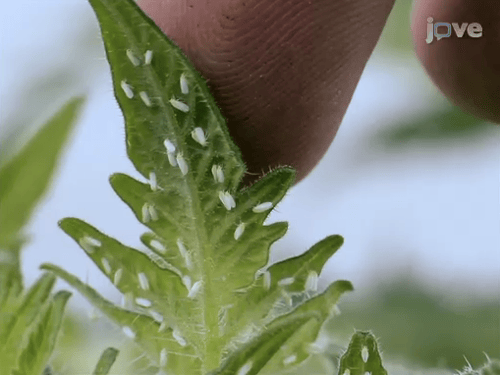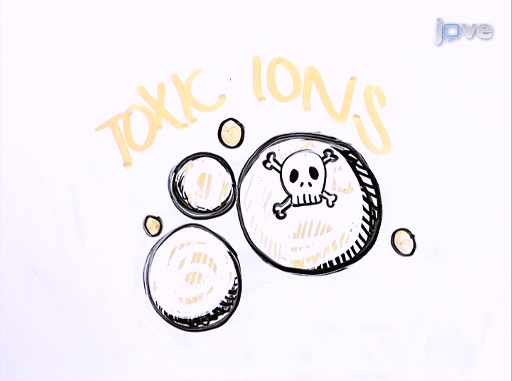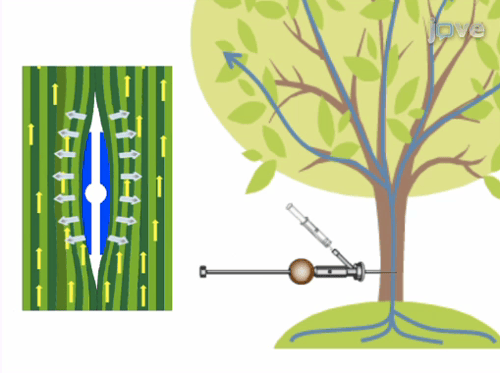Bending the rules a little bit, here’s a snippet from an article you’re not supposed to see until October 1:
"Flue gas from power plants can promote algal cultivation and reduce greenhouse gas emissions. Microalgae not only capture solar energy more efficiently than plants, but also synthesize advanced biofuels."
Intrigued? I certainly was. And JoVE has plenty more of that kind of research coming your way next week.
This Tuesday, after we finish packing up our things in Cambridge and relocating to...North Cambridge, we’ll release a very cool new section that will hit home for everyone—Environment.
Can’t wait? Here’s a peak at what’s to come. (Note: While preparing previews for Facebook and Twitter (follow us! @JoVEJournal), I came across some incredible imagery. And yeah, it might have inspired us to bring the most beautiful of JoVE’s work to Instagram. Stay tuned.)
A more detailed look at what’s to come: We introduce...
- —using algae to minimize the release of greenhouse gases.
- Techniques for a new generation of sustainable, microalgae-based biofuels.
- A new and improved method for “trunk injection,” bringing the use of pesticides, fungicides, growth regulators—you name it—to individual trees, with minimized damage.
- White Flies. Like sitting ducks, food and fiber crops fall victim to hundreds of plant-viruses spread by this seemingly harmless bug. JoVE presents a simple technique to produce thousands of these non-infeceted/infected flies for development of more-resistant plant species.
- . Investigate large numbers of water, soil and sediment samples for extracellular microorganism enzyme activity with this method.
- Plant-cell membranes. In 1972, Jonathan Singer and Garth Nicolson proposed the fluid-mosaic structural model for cellular membranes in plants. Since then, it appears things are quite more complex. JoVE introduces a novel method for the otherwise-difficult task of studying cellular membranes in plants.




